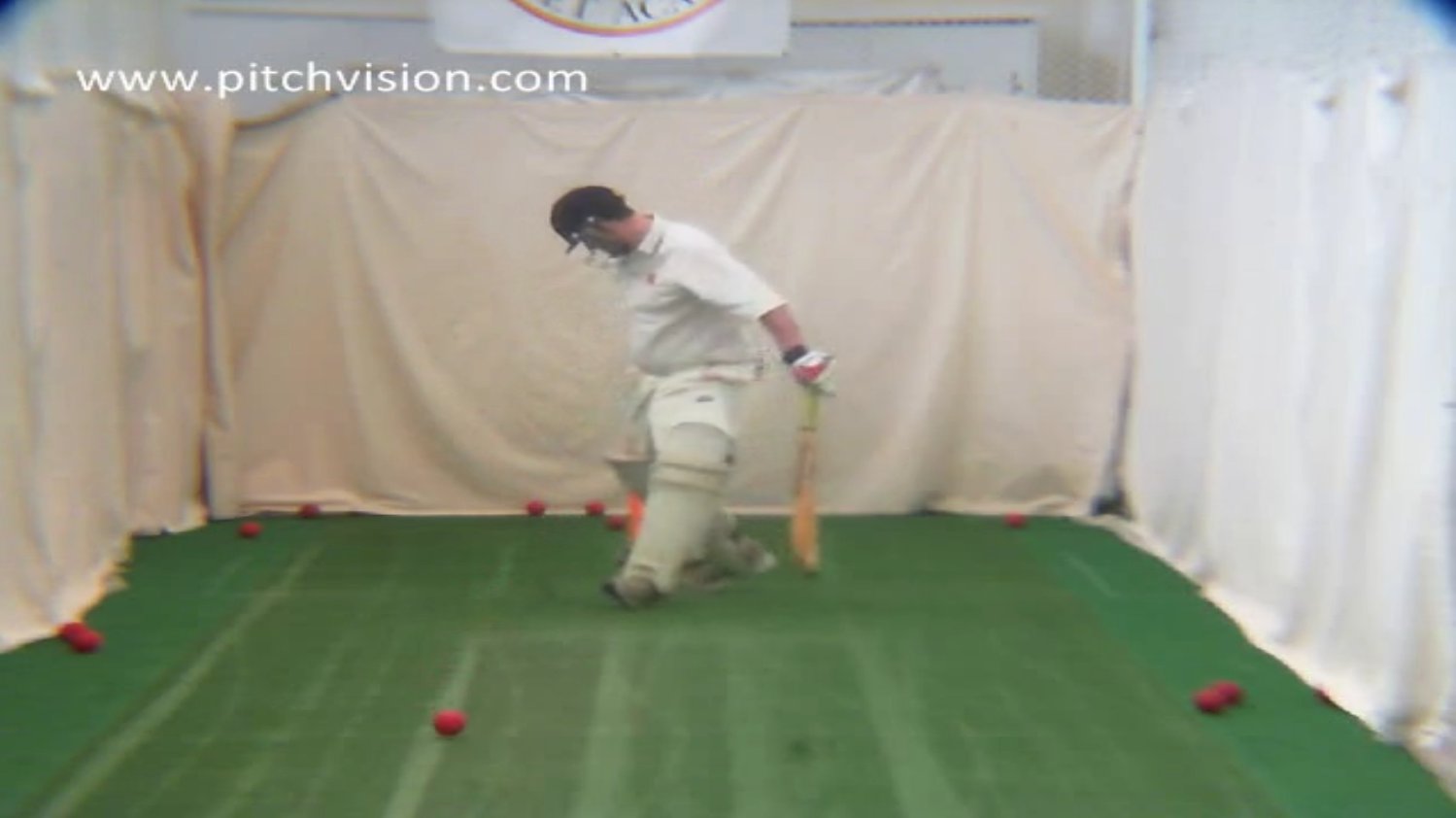The Verdict: Was it LBW?
If you want a controversial subject look no further than Leg Before Wicket.
Every batsman at every level feels he has been triggered. Every bowler at every level has had times when the umpire "must be blind".
But as polarising as it is, it's not easy to don the umpires coat and decide on LBW. As a recent video on the PVA Interactive page showed.
The video - of a batter at Lord's indoor school - has over 170 replies on facebook with people giving their opinion.
29% gave it out.
71% said not out. Interestingly, 36% of those who gave a reason for not out on the page said it was because of an inside edge. Not an insignificant number but is it enough? That means a full two thirds of people giving a reason said the ball was missing leg stump.
So it's time for the truth.
Let's examine the Law and see if that poor over-studied batsman really was out on that fateful day.
What to decide
Law 36 is straightforward, but there is a lot to process in that split second when you are umpiring. So, let's break it down, assuming the ball was a legal delivery (and hats off to Paul who somehow spotted it was a no ball from the video):
1. Did the ball pitch between the wickets, or on the off side?
Your first thought should fall to where the ball pitched. Anything that pitches between the wickets, or on the off side might be out. If it pitches outside leg stump it can't be out.
Tanveer in comments gave it not out at this point because the ball was not pitching in line with the stumps. However, that is not the Law.
Looking at our man, it's clear the ball pitches outside off stump:

So it's still possible at this point.
2. Did the ball hit the pad first?
Now the controversy begins. Most of us know that if you hit it first, you can't be out LBW. There was a big group in the comments who felt that he edged the ball onto his pad. That included Thomas who was honest enough to say he thought it wasn't out but - as a bowler - would have appealed anyway.
If he did hit it he's not out, so lets take a look:

From that still, it certainly appears like he hit it onto his pad. If you were the umpire and you saw that, or even thought you saw it, you can only say not out.
That said, it's not clear. Many umpires would have the opinion there was no edge. Many comments were in that camp too. And it looked like the batter agreed it was pad first with this guilty little look:

But you can't use a guilty look to give someone out!
So, for the purposes of this analysis, let's say he didn't hit it. Just so we can continue with the analysis.
3. Was the interception between the wickets?
Unlike where the ball pitches, the ball must hit the pad in line with the stumps. This is nothing to do with where the ball has come from, or is going to. Not yet.
There is an exception to this that we will mention in a second, but let's see if the ball hit his pad in line with the stumps:

There's not any doubt there, it's right in line with the stumps. Kelvin in comments disagreed but you can't argue with that picture. So, he is still in trouble, and the bowler is on his knees by this point.
4. Was the batsman playing a shot?
In this case, the batsman was clearly playing a shot so we can move on.
But just to note for all you potential umpires, batsmen and bowlers; if the batsman wasn't trying to hit the ball he could be given out even if the ball hits the pad outside the line of the stumps.
5. Was the ball going on to hit the stumps?
This is the million dollar question. You have to predict what might have happened next, which is where all the controversy happens, even when technology is used that is more accurate than the human eye!
Let's analyse our man again to see if we can work it out from the image:

As you can see from the extra lines, the dotted prediction line hits the grey line level with leg stump, meaning it appears to be out.
Now, this is not scientific prediction, and is still open to interpretation, but then so are 99% of all LBW decisions that never get analysed by computer because they are on maidans, village greens and club ovals.
And in fact, a retired Test level umpire once told me he would discount the leg stump as there was always too much doubt. Of course, that's not in the Laws, but it's a good rule of thumb when you are considering the benefit of the doubt.
So what's the verdict?
If I was the umpire, I would have said not out because I was not sure if he hit it or not.
However, it certainly appears to be pitching, impacting and going on to hit the stumps.
If he didn't hit it he's in trouble.
What impressed me most is that of the dozens of comments, hardly anyone made a genuine mistake. Yes, opinions varied but the reason given were almost always valid.
Hat's off to the PitchVision Academy facebook fans for knowing their stuff. But if you want to be sure about your own knowledge of the Laws make sure and get online Umpiring Survival Guide on PitchVision Academy.
- Login to post comments

